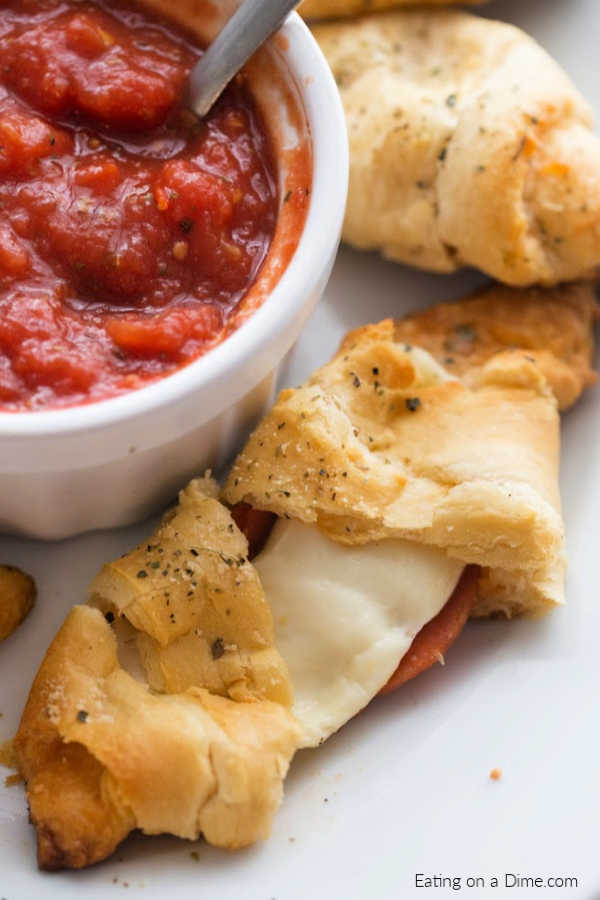Pizza Crust Recipe: Mastering Deliciousness with Bread Flour
Guide or Summary:Bread FlourBenefits of Using Bread Flour for Pizza CrustRecipe OverviewTips for Perfect Pizza CrustIn the culinary world, pizza holds a spe……
Guide or Summary:
In the culinary world, pizza holds a special place, and when it comes to crafting the perfect crust, the choice of flour plays a pivotal role. This article delves into the art of making a mouthwatering pizza crust using bread flour, a versatile ingredient known for its superior gluten content and elasticity. We'll explore the benefits of bread flour, the essential steps for a flawless crust, and tips to elevate your pizza-making skills.
Bread Flour
Bread flour, also known as strong flour, is a high-protein flour with a protein content of around 12-14%. This high protein content makes it ideal for developing gluten, which gives dough its elasticity and structure. When used in pizza crust, bread flour contributes to a chewy, airy texture that can support a variety of toppings.
Benefits of Using Bread Flour for Pizza Crust
1. **Texture:** Bread flour yields a crust that is crisp on the outside and chewy on the inside, providing the perfect balance of mouthfeel.
2. **Rising:** The high gluten content in bread flour helps dough rise more consistently, leading to a well-risen crust.
3. **Flavor:** Bread flour imparts a subtle, nutty flavor to the crust, enhancing the overall taste of your pizza.
4. **Versatility:** This flour can be easily adapted to various pizza styles, from Neapolitan to New York, offering endless possibilities for creativity.
Recipe Overview
Ingredients:
- 2 1/2 to 3 cups bread flour
- 1 packet (2 1/4 teaspoons) active dry yeast

- 1 teaspoon sugar
- 1 teaspoon salt
- 1 cup warm water (110°F or 45°C)
- 2 tablespoons olive oil
Instructions:
1. **Activate the Yeast:** In a small bowl, mix together the warm water, sugar, and yeast. Let it sit for about 5-10 minutes until the yeast becomes frothy and active.
2. **Combine Dry Ingredients:** In a large mixing bowl, whisk together the bread flour and salt.

3. **Incorporate Wet Ingredients:** Make a well in the center of the dry ingredients and add the activated yeast mixture and olive oil. Mix the dough until it comes together, gradually adding more flour as needed to achieve a smooth, elastic dough.
4. **First Rise:** Cover the bowl with a damp cloth and let the dough rise in a warm place for about 1 to 1.5 hours, or until it has doubled in size.
5. **Punch Down and Shape:** Once the dough has risen, punch it down to release any air bubbles. Divide the dough into two equal parts and shape each into a ball. Cover them with a damp cloth and let them rest for about 15-20 minutes.
6. **Preheat Oven and Prepare Baking Surface:** Preheat your oven to the highest temperature it can go, typically around 475-500°F (245-260°C). If you have a pizza stone, place it in the oven to heat up as well. If not, you can use a baking sheet lined with parchment paper.
7. **Shape the Dough:** Take one ball of dough and flatten it with your hands or a rolling pin to your desired thickness. Transfer it to the preheated pizza stone or baking sheet.
8. **Add Toppings:** Spread your favorite sauce and add your desired toppings. Keep in mind that less is often more, especially with heavier toppings like meats and cheeses.
9. **Bake:** Place the pizza in the preheated oven and bake for 10-15 minutes, or until the crust is golden brown and the cheese is bubbly and slightly browned.

10. **Cool and Enjoy:** Remove the pizza from the oven and let it cool for a few minutes before slicing and serving.
Tips for Perfect Pizza Crust
- **Gluten Development:** Knead the dough thoroughly to develop the gluten, which is essential for a chewy crust.
- **Hydration Levels:** Adjust the amount of water to achieve the right dough consistency. A bit more water may be needed with bread flour, as it absorbs more liquid.
- **Resting:** Allowing the dough to rest after kneading helps it relax and develop better texture.
- **Oven Heat:** Preheating the oven and pizza stone ensures a crispy crust. The stone helps distribute heat evenly, creating a consistent cooking temperature.
In conclusion, using bread flour in your pizza crust recipe can elevate the flavor and texture of your pizza. By following the detailed steps and tips provided, you can master the art of making a delicious, chewy pizza crust that will impress your family and friends. Whether you're a seasoned pizza maker or a beginner, this bread flour pizza crust recipe is a fantastic starting point for crafting mouthwatering pizzas at home.